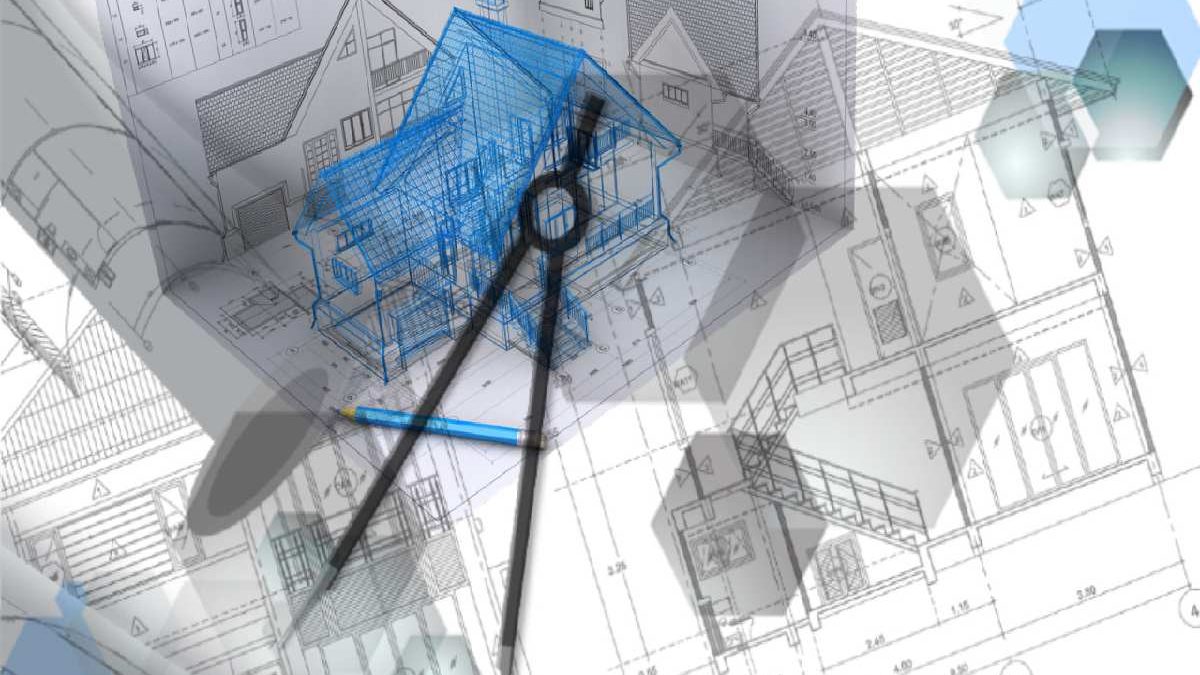In the ever-evolving world of architecture and design, Computer-Aided Design (CAD) has revolutionized the way architects approach their projects. Gone are the days of chalkboards and drawing tables. CAD, specifically architectural CAD drafting, has brought about accuracy, precision, and flexibility in design work like never before. Here, we take a deep dive into the numerous benefits that architectural CAD drafting is contributing to modern design.
Table of Contents
The Power of Precision
It is undeniable that accuracy and precision are critical when it comes to architectural designs. With architectural CAD drafting, the margin of error is significantly reduced.
Increased Accuracy
Architectural CAD drafting services provide architects with precise drafting tools which make the representations of their designs error-free. This level of accuracy is critical in eliminating costly mistakes during the construction process.
Streamlined Amendments
Changes and modifications to design plans are unavoidable in the field of architecture. With architectural CAD drafting, these changes can be made smoothly, ensuring that the integrity of the original design remains intact, and errors do not compound.
Unleashing Creativity: An Artistic Perspective
Creativity has always been at the heart of architectural design, with architects transforming their imaginative concepts into concrete structures. Architectural CAD drafting caters to this intrinsic aspect of architecture.
Freedom in Design
The ability to visualize, conceptualize, and modify designs on a computer screen offers an unprecedented level of flexibility, driving the creative process.
Enhancing Efficiency
Time is a critical resource in architectural projects. The adoption of CAD drafting has led to a significant reduction in design time and associated costs.
Speedy Process
Design modifications and adjustments take a considerable amount of time when done manually. On the contrary, CAD-based design software enables architects to make swift changes, considerably increasing their productivity and efficiency.
Revolutionary Impact on Collaboration
One of the problems that traditional architectural design methods had was their inability to facilitate effective collaboration. With CAD drafting, this concern has been addressed.
Collaborative Work Environment
CAD drafting allows architects and designers to work together in real-time, sharing and modifying designs instantaneously. This collaborative approach helps in maintaining transparency and fluid communication, ensuring that everyone works towards the same design goals.
Cross-functional Integration
With CAD, designers, architects, and other stakeholders can implement input from various departments. This interdepartmental integration is key to creating a holistic design, taking into account aspects like structural stability, aesthetic appeal, and functional usage.
As we move forward, it’s evident that architectural CAD drafting will become even more integrated into the design process. As it stands today, CAD drafting has both practical and creative benefits, making it an invaluable tool in the field of architecture. It boosts accuracy and efficiency, fosters creativity, and promotes collaboration and integration.
Before we conclude our dive into the myriad benefits of architectural CAD drafting, it’s important to remember that architects are not only creators of buildings, but they are also creators of communities, shaping our surroundings and influencing the way we live and interact with our environments. Therefore, these professionals must have access to top-notch architectural tools and resources.
This necessity leads us towards considering the wide range of architectural design services available, designed to support architects in their creative endeavors.
Conclusion
Architectural CAD Drafting is more than a trend. It is a game-changer that is reshaping the future of architectural design, driving both creativity and efficiency. With the mutual symbiosis of architects and CAD, the future of architectural design promises to be more precise, creative, efficient, and collaborative. The marriage of technology and design, as we see in CAD drafting, continues to revolutionize our architectural landscapes. As we step into this exciting future, we can only expect a continuous evolution of architectural design facilitated by CAD. As they say, the best is yet to come.

